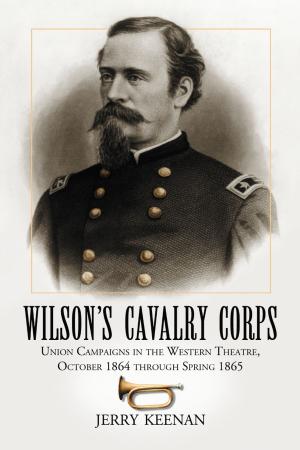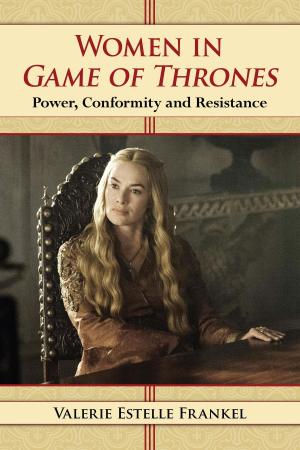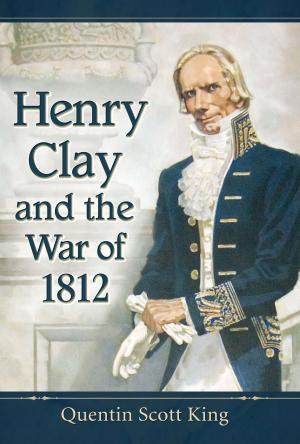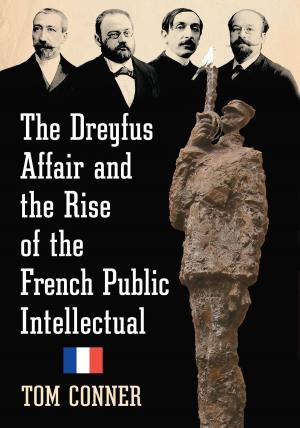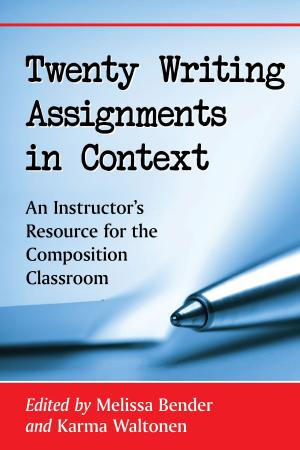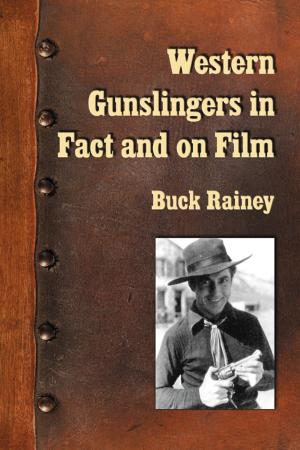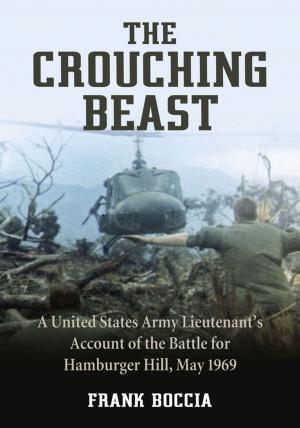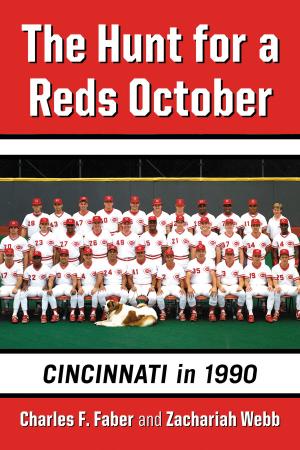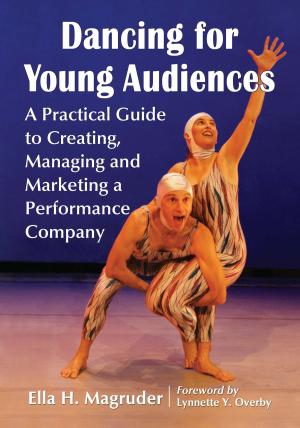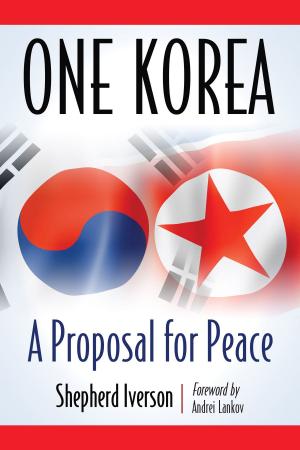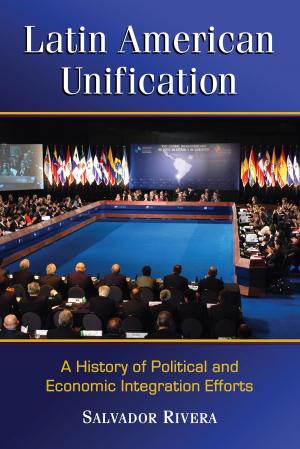The Turn to Gruesomeness in American Horror Films, 1931-1936
Nonfiction, Entertainment, Performing Arts, Film, History| Author: | Jon Towlson | ISBN: | 9781476626390 |
| Publisher: | McFarland & Company, Inc., Publishers | Publication: | September 12, 2016 |
| Imprint: | Language: | English |
| Author: | Jon Towlson |
| ISBN: | 9781476626390 |
| Publisher: | McFarland & Company, Inc., Publishers |
| Publication: | September 12, 2016 |
| Imprint: | |
| Language: | English |
Critics have traditionally characterized classic horror by its use of shadow and suggestion. Yet the graphic nature of early 1930s films only came to light in the home video/DVD era. Along with gangster movies and “sex pictures,” horror films drew audiences during the Great Depression with sensational content. Exploiting a loophole in the Hays Code, which made no provision for on-screen “gruesomeness,” studios produced remarkably explicit films that were recut when the Code was more rigidly enforced from 1934. This led to a modern misperception that classic horror was intended to be safe and reassuring to audiences. The author examines the 1931 to 1936 “happy ending” horror in relation to industry practices and censorship. Early works like Murders in the Rue Morgue (1932) and The Raven (1935) may be more akin to The Texas Chain Saw Massacre (1974) and Hostel (2005) than many critics believe.
Critics have traditionally characterized classic horror by its use of shadow and suggestion. Yet the graphic nature of early 1930s films only came to light in the home video/DVD era. Along with gangster movies and “sex pictures,” horror films drew audiences during the Great Depression with sensational content. Exploiting a loophole in the Hays Code, which made no provision for on-screen “gruesomeness,” studios produced remarkably explicit films that were recut when the Code was more rigidly enforced from 1934. This led to a modern misperception that classic horror was intended to be safe and reassuring to audiences. The author examines the 1931 to 1936 “happy ending” horror in relation to industry practices and censorship. Early works like Murders in the Rue Morgue (1932) and The Raven (1935) may be more akin to The Texas Chain Saw Massacre (1974) and Hostel (2005) than many critics believe.

